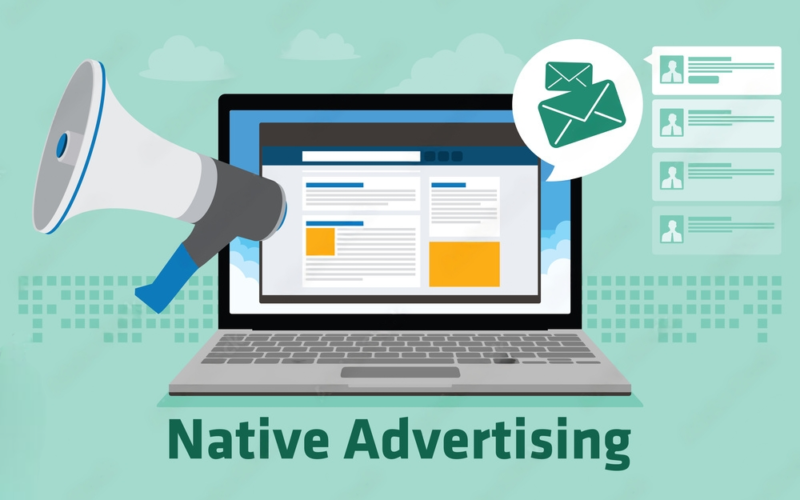At BrandShift, we’re dedicated to making the ever-evolving landscape of digital marketing trends easier to understand. Today, we delve into the intricate facets of Native Advertising, shedding light on its prominent aspects.
Simply Put by BrandShift
Native advertising is a form of online advertising that blends seamlessly with the content and format of the platform on which it appears. The goal of native advertising is to make the sponsored content look and feel like organic, non-promotional content, so it’s less intrusive and more appealing to the audience.
Unlike traditional display ads or banner ads, which are usually distinct and separate from the surrounding content, native ads match the style, design, and context of the platform they appear. This integration allows advertisers to reach their target audience in a more engaging and non-disruptive way, potentially leading to higher click-through rates and better overall user experience. One key aspect of native advertising is transparency.

Native ads can take various forms depending on the platform they’re placed on. Some common types of native advertising include:
1. In-feed ads: These ads appear in a user’s feed, such as on social media platforms like Facebook, Twitter, or Instagram, and mimic the look and feel of regular posts.
2. Sponsored content: Sponsored articles, videos, or other media are created to align with the tone and style of the hosting website or publication.
3. Recommended content: These ads often show up at the end of articles or web pages as “recommended” or “related” content.
4. Native search ads: These ads blend in with the search results on search engines, making them look like organic search results.
5. Custom ads: Native ads can be customized to match the design and layout of a specific website or app to ensure a seamless user experience.

What are the ways in which users can identify content that is native advertising?
To stop native advertisements from being misleading, there are rules and regulatory requirements in place. Native ads are often identified by labels such as ‘promoted by’ or ‘sponsored’ in thumbnails, banners, or headers, indicating that the content is paid.”
Conclusion
BrandShift believes that native advertising can be an effective way for brands to increase their reach and engagement with potential customers, but it’s essential to strike the right balance between promotion and providing valuable content to maintain trust with the audience. Discover the untapped potential of native advertising – unlock new horizons for your brand’s success. Reach out to us today for expert guidance and support on your advertising journey.
At BrandShift, we shall explore more aspects of native advertising in our next article. Stay tuned. Feel free to reach BrandShift and share your thoughts with us.

